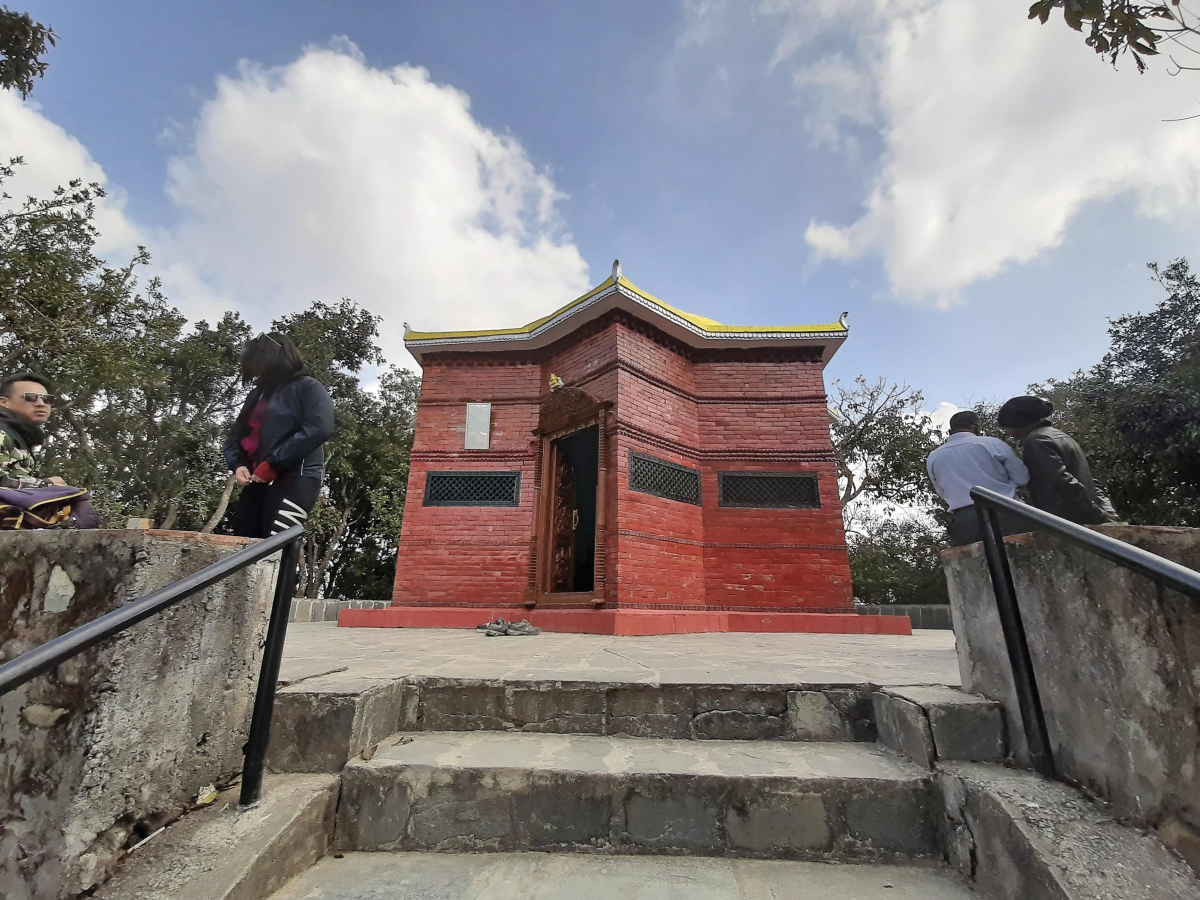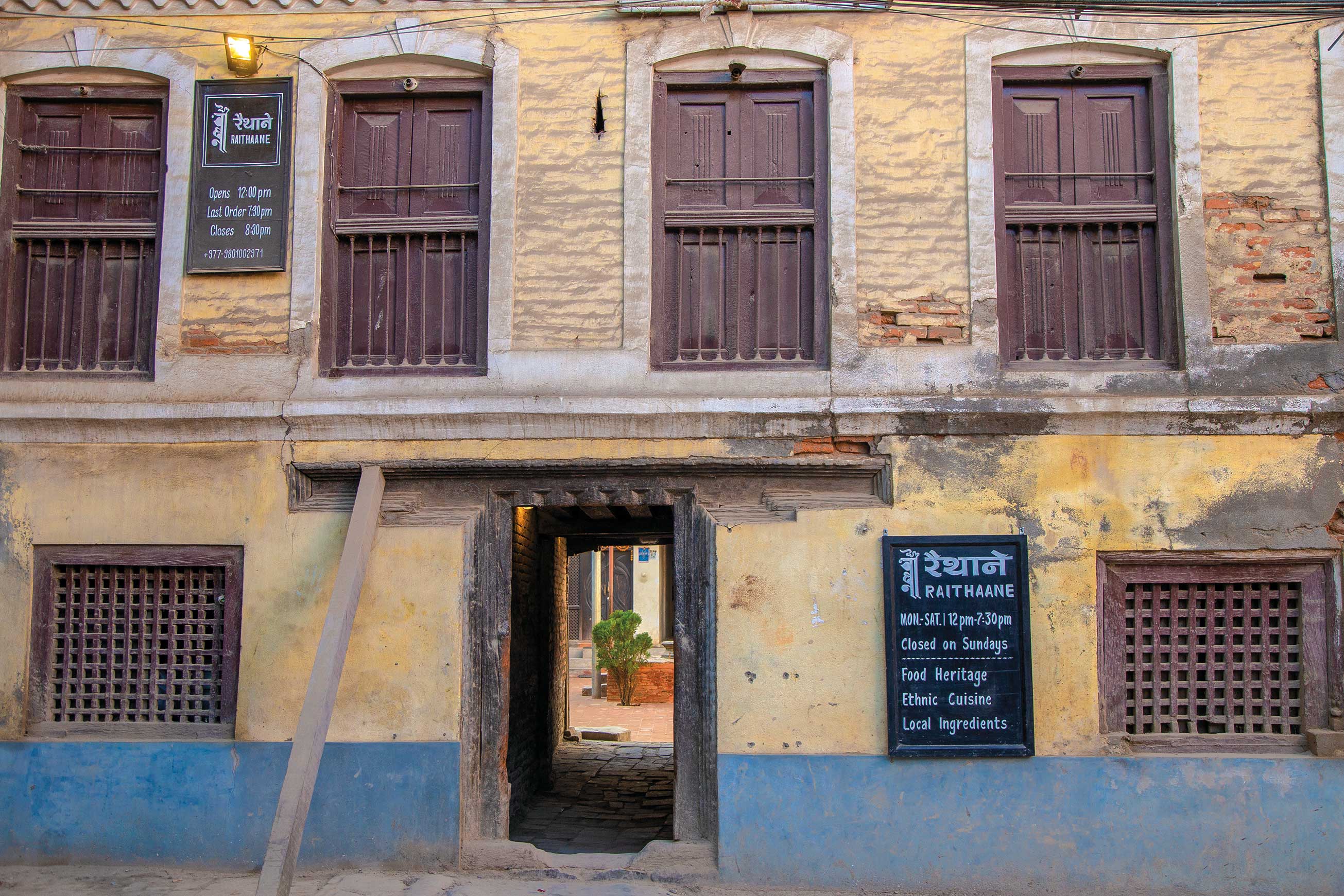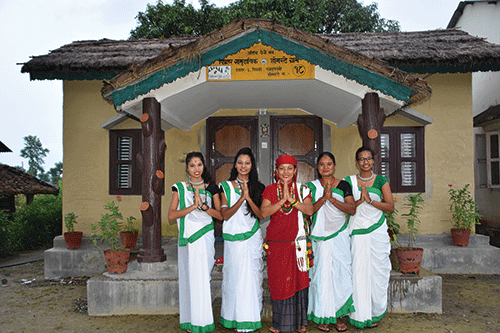The Ancestral Forest by Martino Nicoletti is an ethnographic study about the significance of the primeval forest in the lives, myths and rituals of the Kulunge Rai of the Hongu Valley in Solukhumbu District. Nicoletti’s study is a very welcome addition to the anthropological literature on Nepal, partly because it is exceedingly well done, and because it is one of only a few anthropological studies published in Nepal during the past decade.
The book complements two other books by Nicoletti: Shamanic Solitudes: Ecstasy, Madness and Spirit Possession in Nepal (2002) and Riddum: The Voices of the Ancestors (2004). All three are available at Kathmandu’s Vajra Books and other bookstores.
While Nicoletti has written the book to appeal to readers beyond a narrow selection of South Asianists, it is nonetheless rich and detailed. It is recommended to all who are interested in Himalayan area studies, ethnic groups, shamanic ritual, myth and legend, and the natural environment as perceived through an ethnic cultural lens. It is illustrated with color photographs and maps, and has an index, bibliography and detailed footnotes.
Chapter 1 places the Kulunge within the larger Kiranti ethnic complex (including other Rai, Limbu, Thami, Sunwar and Jirel). The Kulunge are upland farmers and cattle-breeders and in the past were also inveterate forest hunters. Nowadays, hunting has dwindled significantly; yet it is one of the main topics of the book. Where hunting continues to be practiced, its role is largely marginal and more connected to events of a ritual nature than to economic need.
Chapter 2 describes Kulunge mythical origins and introduces some fascinating notions about the natural order and beginnings of life. Here we are introduced to the ancestor-spirits. They are described as “ophidiomorphic” (meaning serpent or snake-like in form), from the Kulunge belief that mankind and virtually everything else originated out of a large body of water.
Chapter 3 introduces us to Kulunge dwellings and village structure. The formal symbolic organization of space in the domestic environment provides part of the foundation for understanding the narrative analyses of myth and ritual that follow.
Chapters 4, 5 and 6 describe several key Kulunge rituals. One is a major rite in honor of the ancestor spirits. Another relates to farming and the monkey-ancestor-spirits who destroy the harvests (if not properly placated). A third describes a Kulunge hunting expedition as a journey through a vivid ritual-religious imagery.
To the Kulunge Rai (and other ethnic groups of the Himalaya) the forest is a dangerous place. Going there “means leaving behind a reality organized according to cultural and social rules. It means being exposed... [by] entering a chaotic world where human rules are swept away by a logic that is no longer that of mankind. The forest is a world... containing within it both the seed of everything potentially positive, and that of the destruction of every human and vital potentiality.”
“In many societies”, the author relates, “side-by-side with the real hunt, there exists a parallel symbolic hunt, aimed at conquering what we might term ‘magic’ or ‘invisible’ powers deemed to dwell in the forest, which, it is thought, can be transferred from the forest to the world of humankind through the real or symbolic capture of game animals.”
Thus, on the appointed day, twice in a year, men venture out with their dogs into the thick forest in search of game, “following paths consisting solely of scents and tracts that only the most expert are able to recognize…”
This ritual hunt is at the very heart of Kulung culture. It’s description provides us a fascinating journey into a magical space and time embedded deep within a uniquely supernatural view of creation and of life.
Vajra Publications and Bergamo, : Ev-K2-CNR Publications 2006, 303 pp. Price: NRs 1100/- (pbk)
Gokarna Forest Resort The Royal Hunting Ground
As you drive along the winding roads that lead you to the gates to Gokarna Forest Resort, its hard to...










